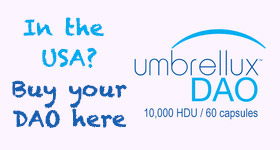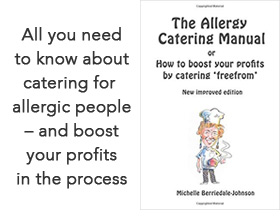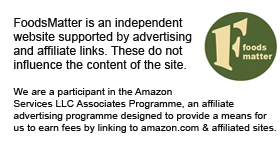|
|
The economic cost of food allergies |
Food allergy affects between 4% to 6% of children and 1% to 2% of adults in the US, and allergic reactions result in visits to the emergency room, to doctors and hospitals, yet the financial cost remains unknown. The Food Allergy and Anaphylaxis Network (FAAN) awarded Dr Patrick Holdford, associate professor of pharmacy at Virginia Commonwealth University a grant to find out the economic burden of food allergy. Published online by the Journal of Allergy and Clinical Immunology, the study reviewed medical records from 2006/7 to estimate the average cost of illness per patient. They looked at emergency visits, office-based doctors visits and outpatient visit for food-allergic reactions. They found that visits to the doctor made up more than half of all costs. Children’s visits accounted for almost 50% of in-patient costs, 32% of emergency department costs and 67% of doctors visits costs. For the year 2007, direct medical costs were $225 million. Indirect costs – $115 million – were determined by estimating loss of earnings due to missing work to care for a child who had a food allergic reaction. Additional costs such as epinephrine auto-injectors, speciality foods, allergist visits were too difficult to track practically, so the researchers suggest the actual costs to be higher than the estimated half a billion dollars. This is the first study to quantify the medical costs and lost productivity of treating food allergic reactions, and the results will inform the makers of public health policies, as well as guiding research into understanding the impact of food allergy. Source: Journal of Allergy and Clinical ImmunologyClick here for more research reports First published in April 2011 |










